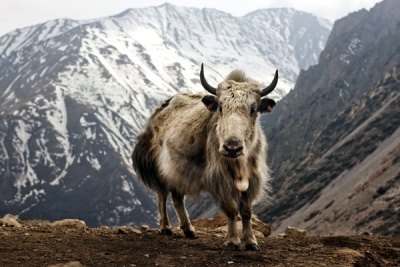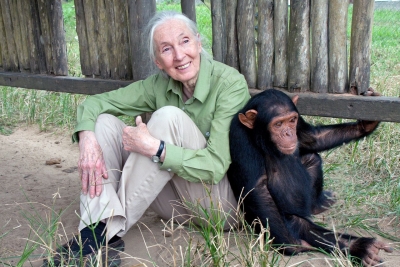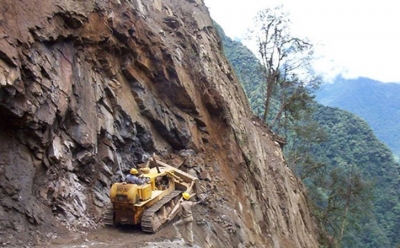What are gender norms and roles?

Gender norms and roles are notions about how each person should behave and what each one should do, based entirely on their gender. This could force individuals into doing what they are not equipped to or what they do not enjoy while stopping them from doing what they have a natural flair for or would love to. Being forced into doing what one does not have the ability to can lead to failure and dejection, and stopping an individual's healthy pursuit can lead to unhappiness. When people expect others also to follow such norms and roles, the cycle continues.
What studies show
"The Global Early Adolescent Study is a worldwide investigation into how gender norms evolve and inform a spectrum of health outcomes in adolescence", and is a collaborative effort between the Johns Hopkins Bloomberg School of Public Health, and the World Health Organisation. The first phase of study launched in 2014 was held in 15 cities globally, and it included a city in India too - New Delhi. The qualitative research involved children (aged 10 to 14) as well as their parents through in-depth interviews. And, "researchers were surprised to find that when it comes to gender expectations, there are more global similarities than differences. The study discovered that children were under the impression that soon after they hit adolescence girls need "protection" while boys "become independent".
Such thoughts, created and reinforced by the media, elders, and peer groups, can become dangerous. Here's an example. When girls are constantly told that they need to be protected", it could push them into imagining they are weak and dependent and that could strip them of their confidence, leading them to fear boys. And boys could misuse this sanction of liberty to act recklessly, and misunderstand they are somehow superior to girls, leading them to view girls as meek. When girls and boys are disallowed to interact with each other, it also denies them a chance to develop social skills, healthy friendships, and learn from each other. As for those who identify with neither of these genders - our world invariably discusses only the binary of male and female - it could leave them feeling invisible and alienated. Such segregation, restrictions, and exclusion can affect individuals physically, emotionally and psychologically.
Good to know
- When you are making friends, ask them about their interests, rather than assuming they would like or dislike something because of their gender.
- When you're working / playing as a group, and if you have to assign each one a task, do it based on individual interest and capacity, and not because of their gender.
- Never tease other children for the gender they are.
Picture Credit : Google





